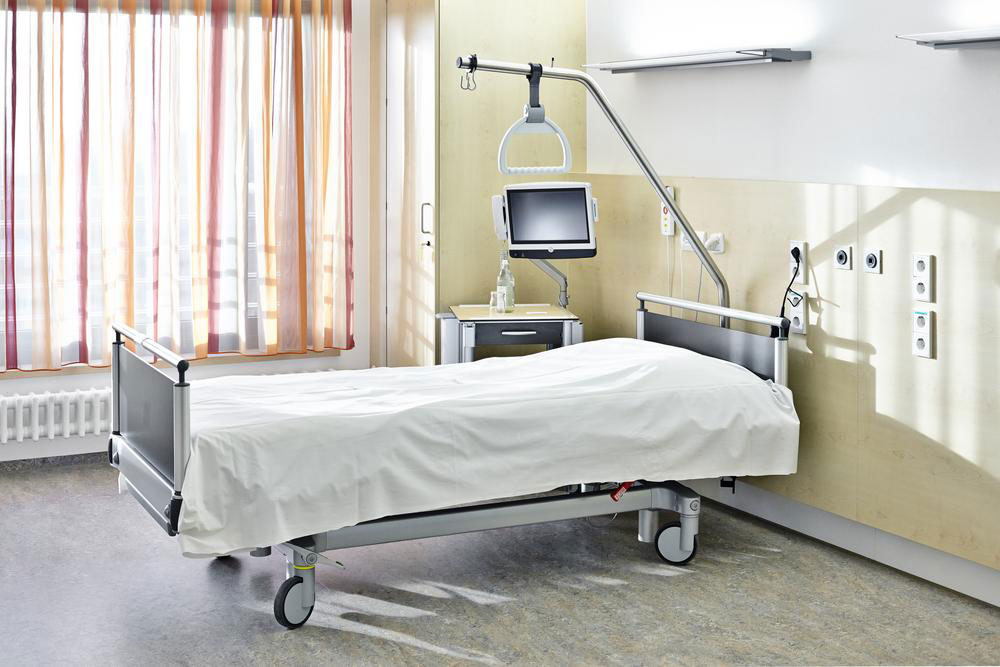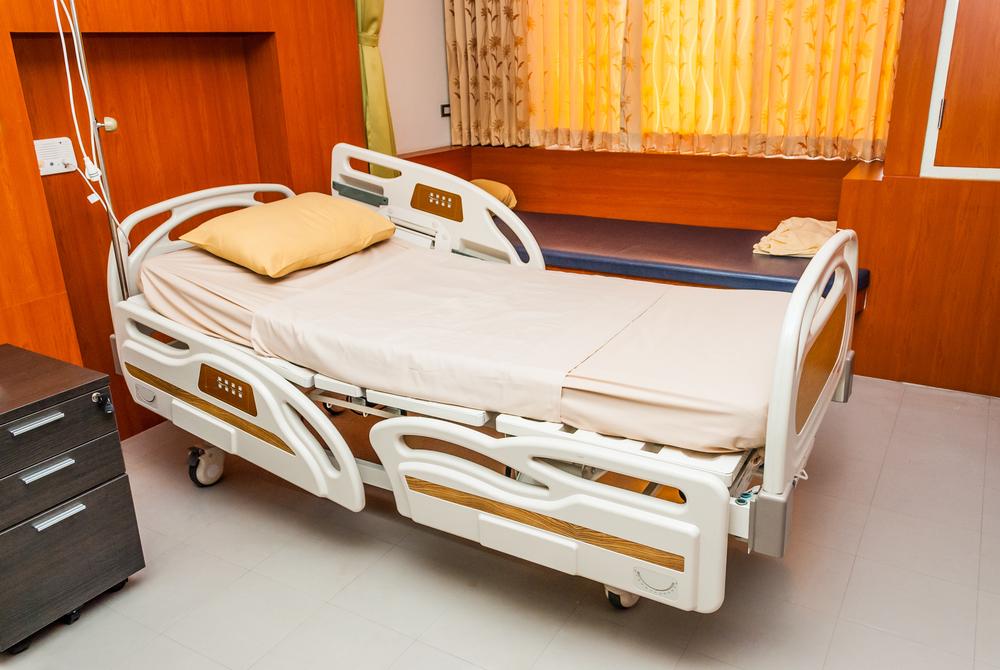Comprehensive Guide to Choosing the Right Home Healthcare Bed for Comfort and Safety
This comprehensive guide explores various types of home healthcare beds, including manual, semi-electric, fully electric, Trendelenburg, and bariatric options. It emphasizes factors like safety, comfort, ease of use, and durability, offering valuable insights for caregivers and patients to select the ideal bed tailored to individual needs. Proper selection enhances recovery, safety, and comfort within the home setting, ensuring optimal patient care.

Comprehensive Guide to Choosing the Right Home Healthcare Bed for Comfort and Safety
In the realm of home healthcare, selecting the appropriate bed is a critical decision that can significantly influence a patient's recovery, comfort, and overall well-being. With advancements in medical technology, today's home healthcare beds are equipped with features designed not only for safety and durability but also for ease of use and enhanced comfort. These specialized beds are tailored to meet diverse needs, ranging from basic support to complex medical requirements, ensuring that patients receive the best possible care within the comfort of their own homes.
When considering a home healthcare bed, it’s important to understand the key factors that influence the choice, including the patient’s specific health conditions, mobility levels, and caregiver support capabilities. The right bed can facilitate better health outcomes, prevent complications such as pressure sores, improve sleep quality, and make caregiving tasks easier and less physically demanding.
Types of Home Healthcare Beds and Their Features
Manual Hospital Beds: These beds are the most basic type and are generally the most affordable. They require manual adjustments for raising or lowering different parts of the bed, such as the head or foot sections. While they are straightforward and durable, they may necessitate physical effort from caregivers to adjust, which can be a consideration for those with limited strength or mobility.
Semi-electric Beds: Combining manual and electric features, semi-electric beds offer electric adjustments for the head and foot sections, allowing for personalized positioning at the push of a button. Other adjustments, like height changes, often remain manual. These beds strike a balance between affordability and convenience, making them a popular choice for many households.
Fully Electric Hospital Beds: These beds stand out with their full electric functionality, controlled seamlessly via remote controls. Users can effortlessly change the head, foot, and height positions, which is ideal for patients with limited mobility or caregivers seeking ease of operation. While these beds are typically more expensive, their user-friendly features significantly enhance comfort and safety.
Trendelenburg Position Beds: Designed for specialized medical needs, these beds allow tilting and adjustable positioning, including the Trendelenburg position where the patient’s feet are elevated higher than the head. Such beds are valuable for specific recovery treatments and post-operative care, often requiring professional medical supervision for optimal use.
Bariatric Beds: These robust, wider beds are specifically built for larger or overweight patients, providing enhanced safety, stability, and ease of adjustment. They are more durable and designed to withstand higher weight capacities, making them essential for plus-size patient care. Although they tend to be more costly, investing in a bariatric bed ensures comfort and safety for larger patients.
Choosing the right home healthcare bed involves comprehensive research and consultation with healthcare professionals, who can recommend the most suitable model based on the patient's condition and specific needs. Factors such as the ease of adjustment, durability, safety features, maintenance, and the overall environment of the home should all be considered. It’s vital to prioritize quality and functionality to ensure long-term satisfaction and effectiveness of the healthcare bed.
Additionally, the maintenance and cleaning ease are important aspects to consider. Modern beds often feature removable and washable components or surfaces resistant to dust and bacteria, supporting hygiene and infection control. Properly maintaining and cleaning the bed ensures it remains safe and hygienic for daily use.
Additional Considerations When Choosing a Home Healthcare Bed
Patient Comfort: The bed should provide adequate support and comfort, reducing discomfort and pressure sores. Adjustable head and foot sections can help improve circulation and prevent bedsores.
Safety Features: Look for features such as side rails, locking wheels, and electronic controls with clear, simple interfaces. These features enhance patient safety, prevent accidental falls, and facilitate caregiver control.
Ease of Adjustment: The bed’s controls should be intuitive and within easy reach of the patient or caregiver, reducing the effort required to position the patient comfortably.
Durability and Quality: Invest in a sturdy, durable bed made from high-quality materials to ensure long-term usability, especially for patients requiring extended care.
Budget and Cost: While it’s tempting to opt for the cheapest model, consider long-term value and the specific therapeutic benefits offered. Sometimes, investing in a higher-quality bed can reduce overall caregiving costs and improve outcomes.
In summary, choosing the right home healthcare bed is a vital aspect of delivering effective home care. With a diverse range of options—from manual to fully electric models—caregivers and patients must evaluate their specific needs and consult healthcare professionals for guidance. By selecting a bed that offers safety, comfort, ease of use, and durability, you ensure a safer, more comfortable environment that promotes recovery and enhances quality of life.





